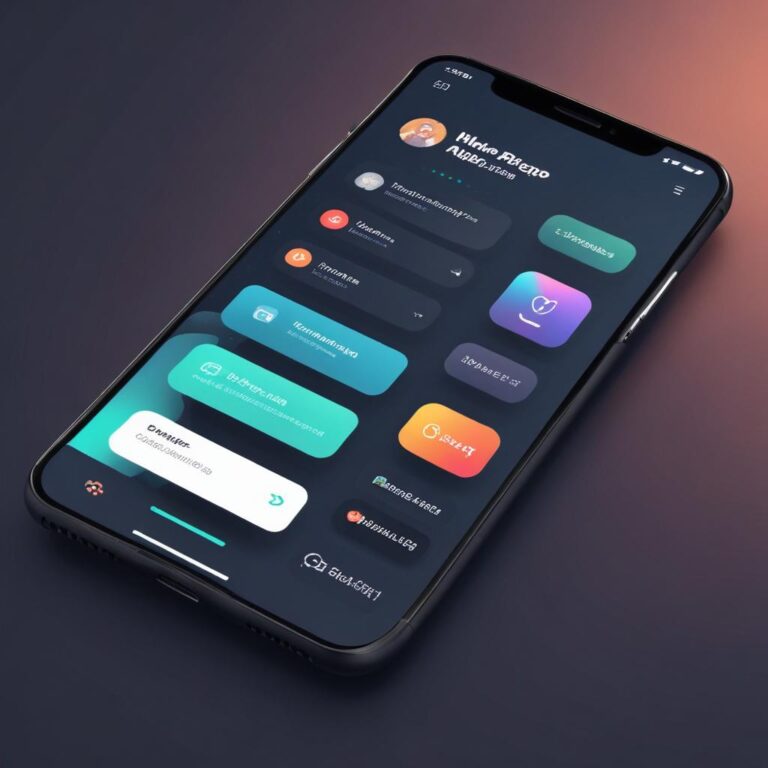Flutter vs React Native: Which is Better?
People’s need for smartphones and applications is increasing. What’s more, the application in question can move in any direction. Even the technology company Tech Times explained how this sense of urgency had matched the popularity of website development, which was more prevalent long before the emergence of mobile applications.
The mobile app development area has become a fierce battleground for several technology companies that also exist today. Now the fight is in the category of the red zone. Various creative mobile apps emerge every year by providing several exciting features. Even the features provided are often related to minor things and the framework used in developing applications. We will go over flutter vs react native in greater detail later.
Definition of Flutter vs. React Native
Every aspect of the development of a mobile app is related to the framework. The framework contains basic commands or codes to realize application development. Even the framework will include performance testing of application functions. The framework also has a section where programmers in the developer team try to find bugs that might exist before an application is used by users or released to the public. A software development kit has been typed in Flutter and React Native.
Flutter has emerged as a software development kit since 2015. The programming language for Flutter is Dart, which Google first released. Java Script is not required when using Flutter. Now, most developers prefer to use Flutter.
Meanwhile, React Native is a framework that Facebook initially developed. This type of framework is open source so that it can be used by all developers from all over the world. React Native relies heavily on JavaScript, so it’s the opposite of Flutter. Apart from JavaScript, you also depend a lot on JSX whenever you develop applications for Android and iOS systems.
Flutter Strengths and Weaknesses
We’ll cover the advantages of Flutter first. The first benefit is that Flutter has excellent hot reloading. The process of fixing bugs, making code changes, and making other developments can be done in real-time. Developers can save a lot of time.
The second advantage of Flutter is that it provides a stable performance of 120 FPS during the testing period. This allows Flutter to be used to develop applications that easily adjust the size of the smartphone screen. This allows Flutter to be used to develop applications that easily adjust the size of the smartphone screen. Many animations can run smoothly using Flutter.
While it offers many advantages, Flutter also has a number of disadvantages. One drawback is that Flutter’s development age is still young. Lots of bugs were found in advanced or more complex developments. Apart from that, Flutter is also known for not having clear guidelines, so developers have to think creatively on their own.
React to Native Strengths and Weaknesses
The advantage of React Native is that it can improve performance independently. Placement for rendering is also not accompanied by interface code processing. Utilizing the API in React Native also allows applications to run smoothly and steadily. Most of the world’s big companies use React Native, such as AirBnB and Instagram.
Unfortunately, React Native also has its drawbacks. The drawback is that it always requires native code, making it more suitable for complex functions.
Based on the explanation of Flutter vs. React Native, developers can use it depending on their preferences. It has different strengths and weaknesses.



